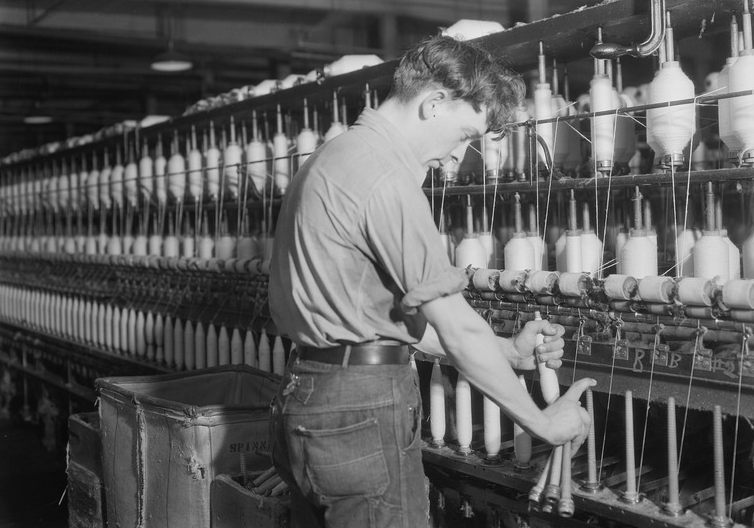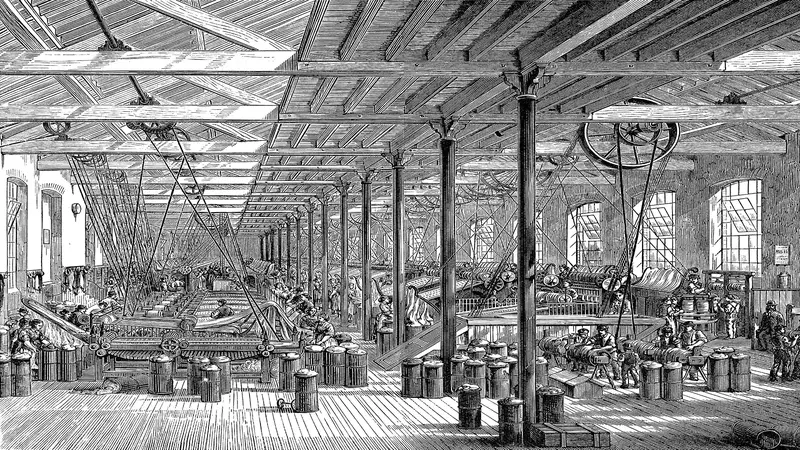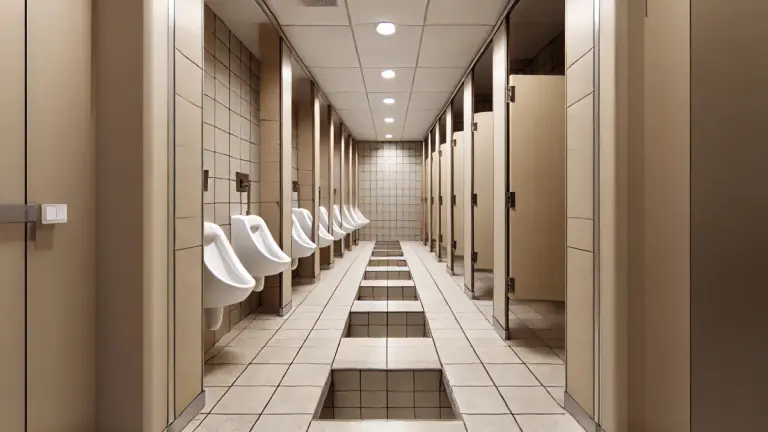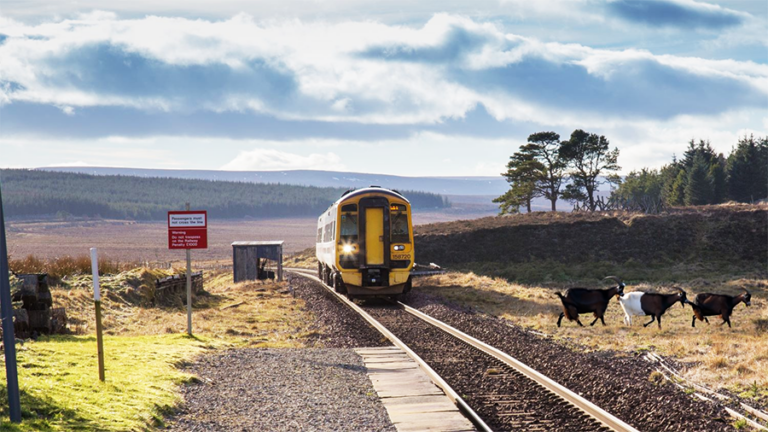The Industrial Revolution was a period of rapid industrialization and technological advancement that began in the mid-18th century in Great Britain and later spread to other parts of Europe and the United States. It transformed the world by changing the way goods were produced, how people worked, and how they lived. This article provides an overview of the history of the Industrial Revolution.
The Beginning of the Industrial Revolution
The Industrial Revolution began in Britain in the mid-18th century, during a time known as the Agricultural Revolution. The Agricultural Revolution saw significant improvements in farming techniques and technologies, which resulted in increased food production and a surplus of labor. This surplus labor would eventually lead to the rise of factories and manufacturing.
The first industry to experience significant growth during the Industrial Revolution was the textile industry. Inventions such as the flying shuttle, spinning jenny, and power loom enabled textile manufacturers to produce more fabric at a faster pace than ever before. These innovations also led to the development of the factory system, which brought workers and machines together under one roof.
Steam Power and the Steam Engine in industrial revolution
One of the most significant inventions of the Industrial Revolution was the steam engine. In 1765, James Watt developed a more efficient steam engine that could be used to power machinery. This invention revolutionized transportation, enabling the development of steam-powered boats and trains. It also allowed factories to be built away from rivers and waterfalls, as they no longer needed to rely on water power.
The use of steam power also led to the development of the iron industry. Iron was necessary for the construction of steam engines, railways, and other machinery. The Bessemer process, invented in the 1850s, allowed for the mass production of steel, which further fueled industrial growth.
The development of transportation networks was another crucial aspect of the Industrial Revolution. Canals, such as the Bridgewater Canal, were constructed to transport raw materials and finished goods efficiently. The advent of the steam-powered locomotive, pioneered by George Stephenson, revolutionized land transportation. The first public railway, the Stockton and Darlington Railway, opened in 1825, followed by the Liverpool and Manchester Railway in 1830. Railways facilitated the movement of goods and people across long distances at unprecedented speed, further promoting industrial growth and economic integration.
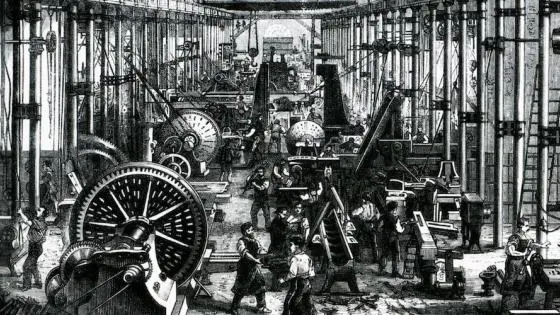
The Spread of Industrialization
By the early 19th century, the Industrial Revolution had spread to other parts of Europe and North America. The United States saw significant industrial growth in the mid-19th century, particularly in the textile industry. The Lowell mills, established in Massachusetts in the 1820s, were some of the first factories in the United States.
Germany and France also experienced significant industrial growth in the late 19th century. The development of new industries, such as chemicals and electricity, fueled their economies. The growth of industry led to urbanization, as people flocked to cities in search of work.
The Impact of the Industrial Revolution
The Industrial Revolution had a profound impact on society, transforming the way people lived and worked. One of the most significant changes was the rise of the factory system. Workers, who had previously worked in small workshops or at home, now worked long hours in factories. This led to the development of labor unions and the labor movement, as workers sought better wages and working conditions.
The Industrial Revolution also led to the development of new transportation systems, such as railways and steamships. These innovations made it easier and faster to transport goods and people, which contributed to the growth of international trade.
The rise of industry also had a significant impact on the environment. The burning of coal and other fossil fuels led to air pollution, while industrial waste polluted rivers and other water sources.
The Industrial Revolution also had a significant impact on women and children. Women and children were often employed in factories, working long hours for low wages. The use of child labor was particularly widespread in the textile industry. Many reformers pushed for laws to protect women and children in the workplace, leading to the development of labor laws and child labor laws.
The Industrial Revolution also had a significant impact on art and culture. The growth of industry led to the development of new art forms, such as photography and cinema. The rise of mass production also led to the development of popular culture, as people had access to more affordable goods and entertainment.
Iron and steel industries
The iron and steel industry experienced significant advancements during the Industrial Revolution. The invention of the puddling process by Henry Cort enabled the mass production of high-quality iron. This, combined with the development of the Bessemer process in the mid-19th century, which allowed for the production of cheap and abundant steel, transformed industries such as construction, transportation, and machinery manufacturing.
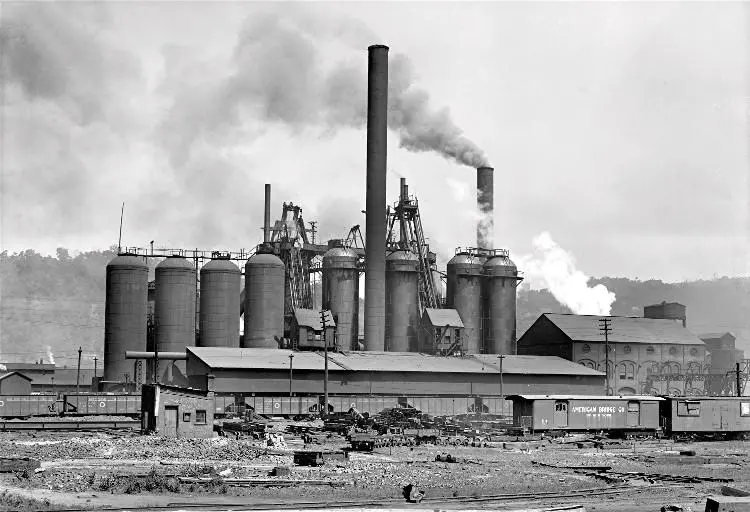
Mining industry
The mining industry also underwent substantial changes during this period. The demand for coal, a crucial source of energy for steam engines, increased dramatically. As a result, coal mining operations expanded, and new mining techniques, such as the steam-powered mine pump and the safety lamp invented by Humphry Davy, were introduced to enhance productivity and ensure worker safety.
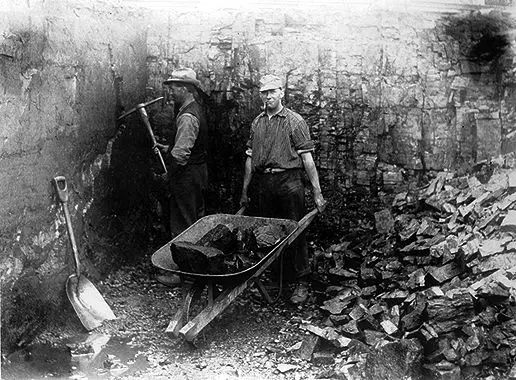
Textile industry
The textile industry played a pivotal role in driving the early stages of the Industrial Revolution. The invention of the spinning jenny by James Hargreaves in 1764 revolutionized the production of yarn. This was followed by Richard Arkwright’s water frame and Samuel Crompton’s spinning mule, which further improved spinning efficiency. These inventions allowed for mass production of textiles and led to the establishment of large-scale factories. The steam engine, developed by James Watt in the late 18th century, provided a reliable and efficient source of power for these factories, replacing traditional water and animal-driven machinery.
